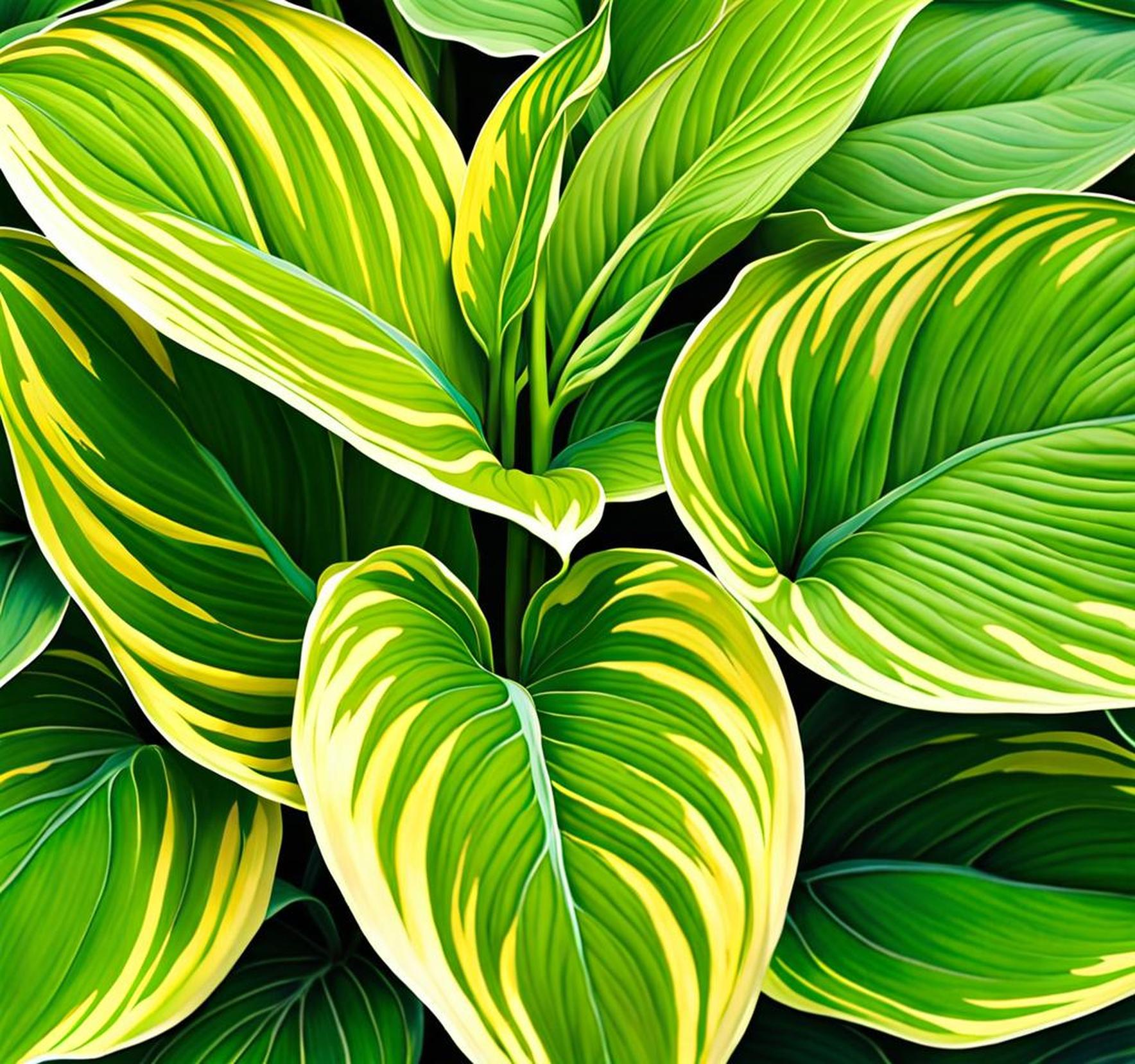Hostas are the quintessential perennial for shady gardens. But not all hostas are created equal when it comes to thriving in the shade. By selecting varieties specifically tailored to low-light conditions, you can craft a stunning display that thrives in the shadows.
From petite plants perfect for containers to giant specimen hostas, we’ll highlight the best of the bunch. We’ll also share tips on how to combine these beauties with other shade-loving plants. Let’s dive in!
Benefits of Hostas for Shady Areas
When it comes to brightening up problematic shady spots, hostas have a lot to offer. Here are some of the key benefits of using hostas in shade gardens:
- Tolerate poor lighting and thrive in everything from partial to full shade.
- Add pops of color, texture, and visual interest with their lush foliage.
- Come in a wide range of sizes and distinct leaf shapes.
- Extremely hardy and easy to grow even for beginner gardeners.
- Provide beautiful foliage that lasts all season long.
Choosing the Best Hostas for Shade
With over 45 species and thousands of named cultivars, there’s a staggering number of hostas to choose from. Here are some of the top categories to look for when selecting hostas specifically for shade gardens:

Miniature Hostas
While traditional hostas can grow quite large, there are smaller varieties that are perfect for shade gardens with limited space. These miniature hostas, such as ‘Blue Mouse Ears’ and ‘Lakeside Paisley Print’, grow only 4-8 inches tall and wide. Their compact size makes them ideal for rock gardens, borders, or containers.
Variegated Hostas
In addition to the all-green varieties, there are hostas with variegated foliage in eye-catching shades of white, yellow, and gold. These variegated hostas add a pop of color and texture to brighten up shady areas. Some popular picks include ‘Stained Glass’, ‘Rainbow’s End’, and ‘Liberty’.
Hybrid Hostas
By crossing different hosta species, plant breeders have created exciting new hybrids. Many of these hybrids exhibit bolder leaf colors, more unique shapes, and larger grow sizes than their species counterparts. Two hybrids tailor-made for shade gardening are ‘Empress Wu’ with massive 2-foot wide leaves and ‘Victory’ featuring chartreuse and white variegation.
Japanese Hostas
Native to Japan, these hostas tend to prefer cooler temperatures and can be grown in zones 5-9. They also boast more graceful and distinct leaf shapes compared to Chinese hostas. Examples include the vase-shaped ‘Kifukurin’ and rippled ‘Undulata Albomarginata’.
Caring for Hostas
To help your hostas thrive, it’s important to give them proper care and growing conditions:
- Prepare soil with compost or other organic matter to improve drainage.
- Water newly planted hostas, then provide an inch of water per week during growth periods.
- Apply a balanced fertilizer in early spring to fuel growth.
- Remove spent flower stalks and divide crowded clumps to keep plants healthy.
- Monitor for common pests like slugs and treat infestations promptly.
12 Stunning Hostas for Shade
Now let’s look at some specific hosta varieties that combine exciting aesthetics with an ability to thrive in shade:
1. Hosta ‘Guacamole’
This award-winner has lightly rippled leaves with eye-catching chartreuse centers and dark green margins. It forms a compact mound reaching about 12 inches tall and wide. ‘Guacamole’ adds a pop of color to shaded beds and combos.
2. Hosta ‘Stained Glass’
The brightly golden leaves of ‘Stained Glass’ are framed by wide, dark green margins. This medium-sized hosta grows up to 15 inches tall and wide. It provides a bold punch of contrasting color in shady locations.
3. Hosta ‘First Frost’
Emerging frosty blue in spring, the heart-shaped leaves of ‘First Frost’ develop creamy white edges as they mature. This compact variety only reaches 8-10 inches tall, making it ideal for smaller spaces.
4. Hosta ‘Orange Marmalade’
Adding a tropical flair, ‘Orange Marmalade’ has wavy, elongated leaves with vibrant orange margins. This fast-growing hosta can reach 18 inches tall and 36 inches wide at maturity.
5. Hosta ‘Blue Mouse Ears’
As the name suggests, ‘Blue Mouse Ears’ has petite, rounded leaves with lavender-blue coloration. One of the smallest hostas, it stays under 6 inches tall and wide. Perfect for tucking into rock gardens and containers.
Combining Hostas with Other Shade Plants
Hostas look even better when paired with other shade-tolerant plants sharing the same needs. Some easy companion plants include:
- Ferns
- Heucheras
- Astilbes
- Japanese forest grass
- Coral bells
- Brunnera
- Epimediums
- Hellebores
- Pulmonarias
Use taller companions like astilbes and grasses as backdrops to highlight lower-growing hostas. Repeat colors and textures for a cohesive look. Hostas and ferns are a match made in shade garden heaven!
Hostas may be humble, but they offer some of the best foliage and texture for brightening up the shadows. By incorporating the most shade-tolerant varieties and combinations into your landscape, you can craft a dazzling shaded sanctuary. Now that you know which hostas thrive in shade, it’s time to get planting!
